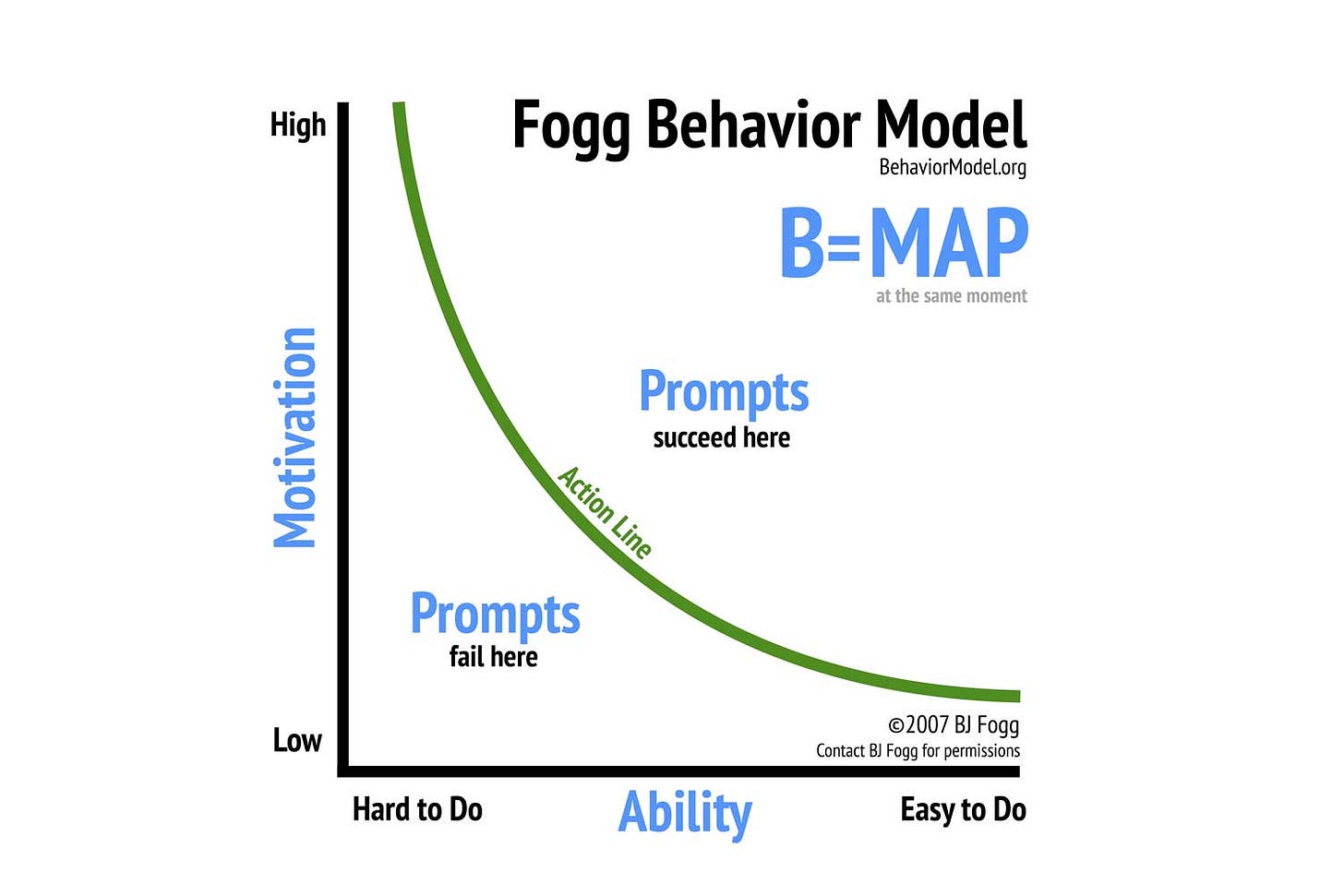How to perform inception
What's the most resilient parasite?
It's time to change (again)
The world is getting crazy. This year has already seen space billionaires, 'metaverse' announcements, a massive number of new unicorns - the list goes on and its only August. Most organisations claimed to be going through a transformation cycle or a major change exercise even before the pandemic. "The industry is going through major disruptions and we need to adapt" used to sound like a pretentious senior leadership thing to say but the last few months really seem to suggest that we are right at the middle of some kind of massive disruption. As a response, it is just a matter of time before companies launch (or relaunch) organisation transformation initiatives in full throttle. Unfortunately ~70% of such transformations fail. So today, it would be worth looking at the root cause of these failures - not adequately addressing change from an individual's perspective. Research has pointed out time and again that organisational change is ultimately tied to individual change. More specifically, individual level change in values, orientations and goals is the key ingredient to a successful transformation.
To change someone's mind
Okay so if you clicked on this to really know how to perform inception like in the movie, here's a quick tutorial:
This is based on ironic process theory which is the science behind the 'don’t think of a pink elephant' phenomenon where you inevitably start picturing a pink elephant when told not to. The video suggests that thinking about an idea that is emotionally meaningful and then trying to suppress that thought right before going to sleep will most likely lead to dreams pertaining to that idea. Pretty wild.
On a serious note, the process of changing someone's mind is much more effective and long lasting if we try and help the individual find their own motivation to change. Change interventions are complex and can often trigger a lot of negative emotions. It can sometimes lead to employees thinking 'here we go again' and completely disregard the management's efforts. When the focus is largely on procedures and strategies, these efforts tend to sound preachy and can cause individuals to resist and fight back harder. What's the alternative? Introducing motivational interviewing. Think of this as the cooler cousin of behavioural interviewing. The idea is to ask the participant open ended questions and listen carefully to be able to nudge them to see their own thoughts more clearly. Calling attention to nuances in the individual's own thinking causes them to be more open to ideas. A skilled motivational interviewer draws a distinction between 'sustain talk' (agreeing / maintaining the status quo) and 'change talk' (referring to a desire or commitment to shift from the current state). The participant is then asked to elaborate on the 'change talk' part of their answers to help articulate their own motivation for change.
Now I know what you're thinking. How can you possibly interview everyone involved especially if you are looking at a large scale transformation? It can get quite tiresome and requires a lot of focus on the interviewer's part to pick on the right thread from the participants' answers. The closest substitute to this method is writing. Just plain old writing. Writing is simply an extension to thinking. It has shown to help structure thoughts and form ideas like no other method. Research has even linked written narrative to enhanced physical and mental wellbeing. Motivational interviews can hence be conducted at scale by getting the participants to answer pointed questions in writing, which they may or may not choose to share on completion. The effectiveness of this method helps explain the success of tools like Self Authoring which reinforce an individual's internal triggers for change.
The saying that you are the average of the 5 people you hang out with tends to not be true the more time you spend in self reflection. Hence such a tool might come in handy if you are looking to break 'corporate inertia' and re-orient your teams towards meaningful change.
The disclaimer
All of this works only if companies can create the right environment. Here is where we can borrow from how successful tech companies create habit forming products and make you scroll endlessly. Behaviour change occurs only when motivation, ability and the trigger(prompts) for action converge.
Though the processes outlined in this article are a sure shot way of triggering action, it is only half the story. Not paying attention to the other elements for example, is why many learning and development programs fail. Companies spend a fortune on setting up the right learning interventions but fail to set the right transfer climate for employees to be able to demonstrate their new capabilities. Triggers work only work beyond the green line in the figure when there is sufficient motivation (eg: communication of the case for change) and ability (how easy is it to demonstrate the required behaviour). Having said that, triggers from self reflection create ideas and ideas are powerful. In the words of a great man:
"What is the most resilient parasite? Bacteria? A virus? An intestinal worm? An idea. Resilient... highly contagious. Once an idea has taken hold of the brain it's almost impossible to eradicate. An idea that is fully formed - fully understood - that sticks; right in there somewhere."


